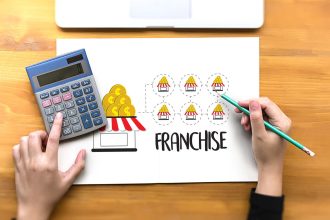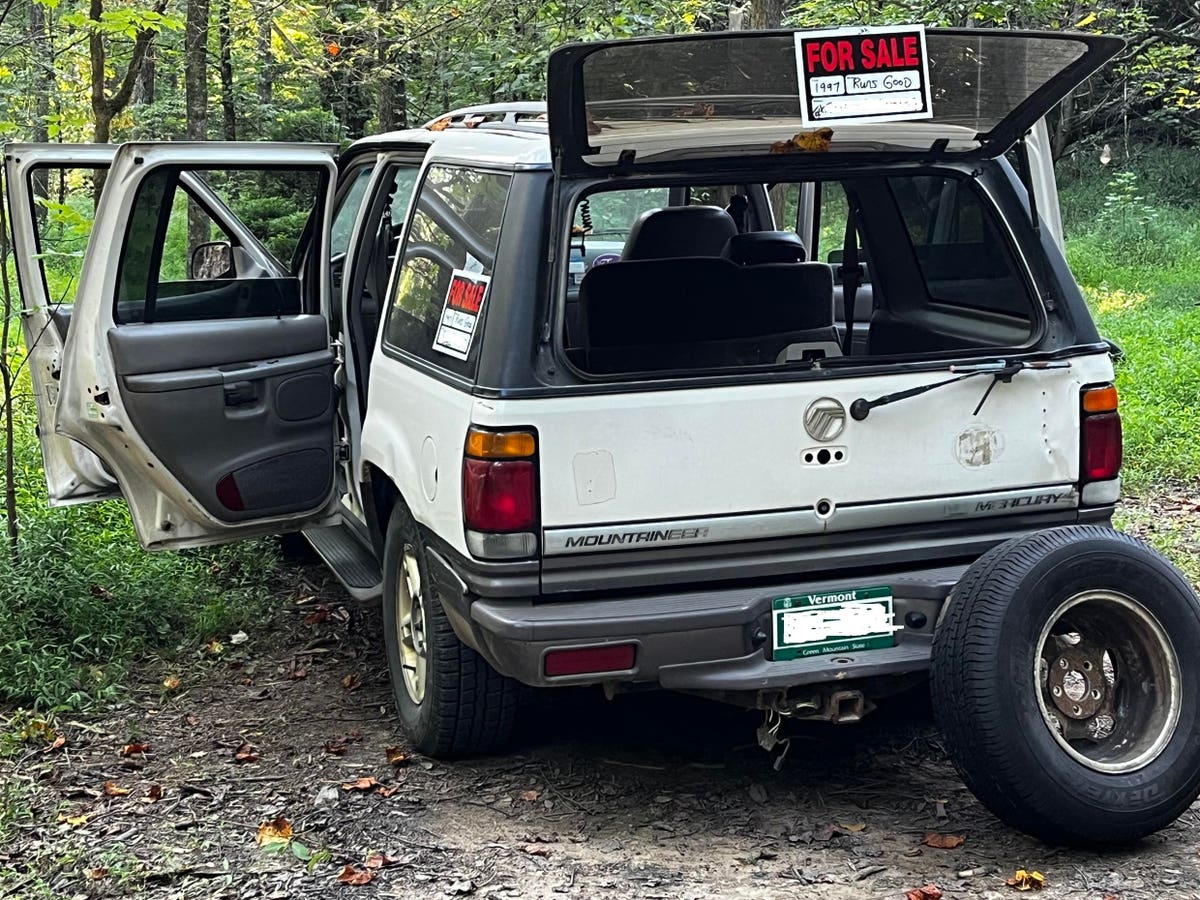Do I trade-in my used car or sell it myself? This decision confronts many people in the market for a new car. It is folk wisdom that a new car dealer will short-change you on the trade-in’s value relative to selling on your own, say through Craigslist or Facebook Marketplace. The logic is reasonable. The dealer needs to be compensated for all the legwork of marketing the used car that you prefer not to do. But what most people do not realize is that, by trading in your car, you also give the dealer a competitive advantage in negotiating the price of a new car.
As a professor of marketing I teach a popular course on pricing strategies. I am aware of the techniques that dealerships use to squeeze more money out of buyers’ pockets. The fact that prices of new cars are individually negotiated means that the salesperson can customize the offer based on your personal situation. A seasoned salesperson is constantly assessing the type of buyer you are. For instance, the innocent chitchat in the showroom (e.g., “what do you do for living”?) informs the salesperson about your sensitivity to a higher price. Shouldn’t that same reasoning apply to your decision to trade-in?
I, along with a colleague and a PhD student at the University of Southern California, asked that question empirically using data from new car transactions. We wanted to understand whether information contained in the decision to trade-in and the trade-in itself was used by dealers when setting the price of the new car. What we discovered in our analysis speaks not only to the clever tactics of car salespeople but also to strategies you can employ to ensure you obtain the most favorable quote.
The decision to trade-in. All else equal, buyers of new cars pay, on average, $990 extra when they trade-in compared to when the do not. By trading in, you signal that you are too busy to sell the old car on your own, despite the expectation of obtaining a better price. In other words, you are telling the dealer that you value convenience and may not be investing effort into obtaining competitive offers. The dealer’s initial offer will then reflect your relative insensitivity to price.
It is important to qualify that the $990 figure we discovered is net of the so-called “over-under” allowance that dealerships use to tweak the relative payout to buyers for their trade-ins. Past research suggests that buyers are more sensitive to an extra dollar less on their trade-in deal than an extra dollar on the price of the new car. The over-under allowance enables dealerships to seemingly offer more for the trade-in to make the buyer happy while simply adding to the new car price. Because we control for the over-under allowance in our analysis, the $990 is the total extra money the average buyer forks over to the dealership when trading in.
The type of trade-in. It is not just the decision to trade in that dealers can exploit. Our results indicate that dealerships may use the make and model of your trade-in adjust the amount you pay for the new car. Buyers whose trade-in is the same brand as the new car pay an extra $150. If it is also the same model it is an extra $215! If you bring your 2009 Hyundai Accent to trade in for a brand-new one the dealer might believe you are not likely shopping for other brands.
A similar effect emerges with regard to the vintage of the trade-in. We found that the older the trade-in, the higher the expected price of the new car. Essentially, dealerships surmise that the longer you hold on to your car, the more you tend to view car ownership as a long run investment and, therefore, willing to pay more.
The results of our research explain why many dealerships accept trade-ins at all. While the resale of used cars may bring in modest revenue, an extra $1000 or so from the new car transaction is significant. According to our data, over two thirds of new car transactions involve no trade-in from which dealerships earn only about $800, after wholesale costs to the manufacturer. This means that the additional cut for the dealer’s negotiating advantage from trade-ins is a meaningful. This can also explain why salespeople are so keen to know the details of a potential trade-in before you enter the negotiation phase.
Buyer Strategies. Our findings point to three of strategies that new car buyers can employ to ensure a negotiating advantage.
Reassess trading in. We all know that the dealership’s offer for your trade-in will be less than what you could get on the private market. But even if this “loss” on your old car does not compensate for the hassle of selling on your own, you should also account for the negotiating disadvantage that comes with trading in.
Make trade-in decision after getting the quote. As long as you have not decided to trade-in, you need not acknowledge the salesperson’s question. This helps you retain your private information regarding your decision and the type of trade-in. If the salesperson asks, you can simply say “not at this point” and you are not lying. If pushed on what you drive currently, you can be coy with a response like “Oh, I’ve driven lots of different cars over the years. Perhaps we focus on my new car!”
Consider car brokers. Car brokers like CarMax
KMX
Read the full article here





